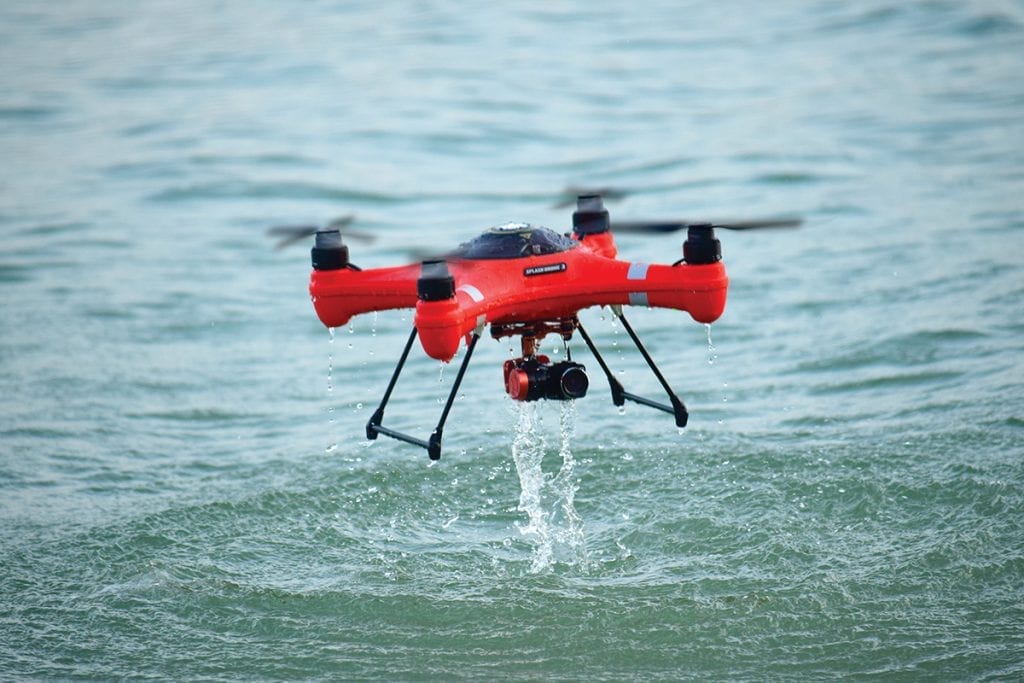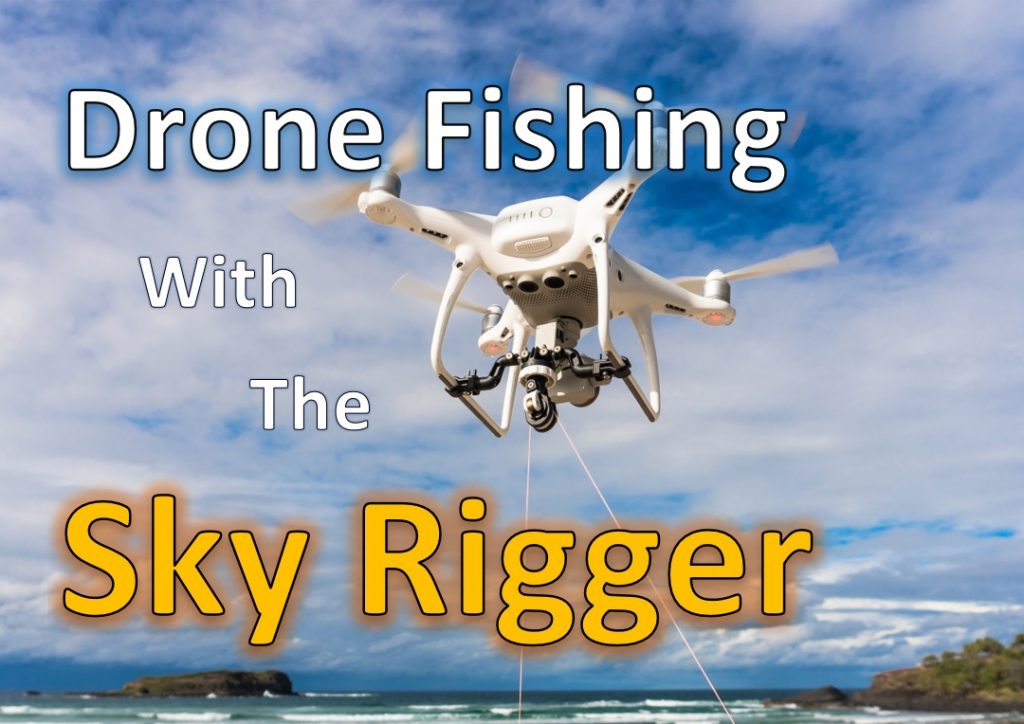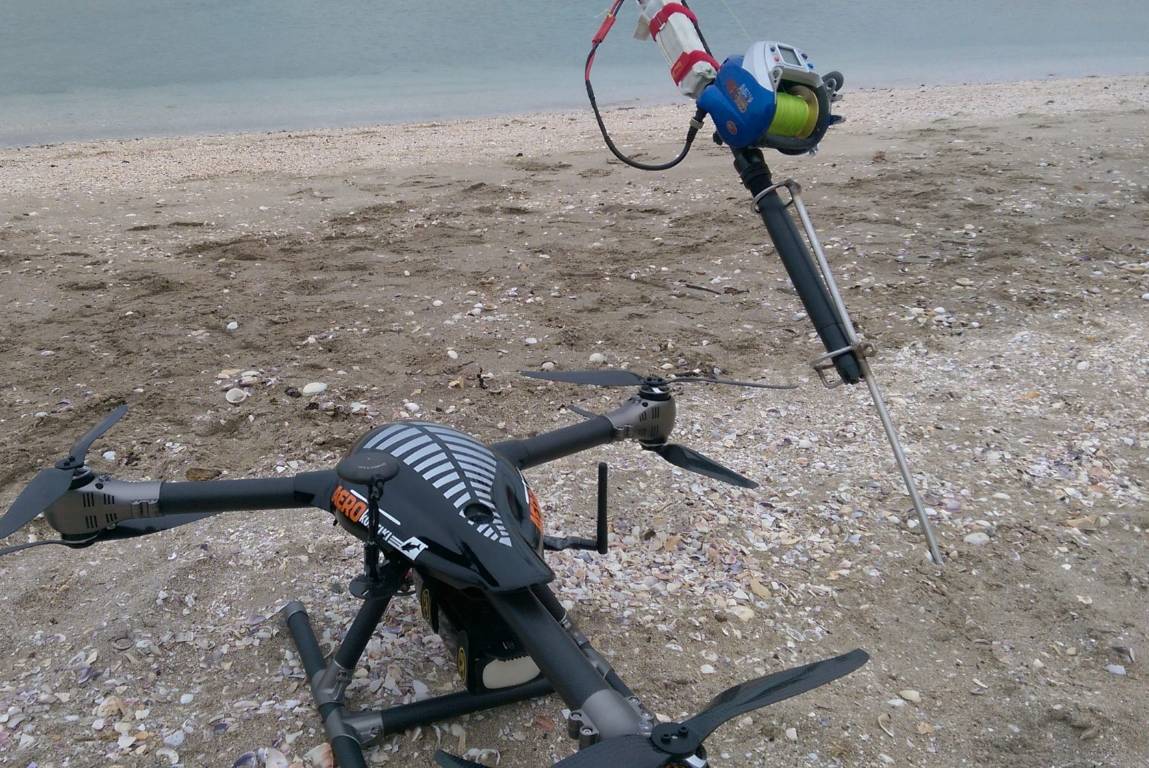
The regulations for drone fishing are important to understand if you plan on using one. Watch instructional videos about how to fly drones to catch fish. You can also read our article about drone ethics. We'll be discussing some of the ethical issues surrounding drone fishing. Also, don't miss our drone fishing gear guide.
Regulations regarding drone fishing
While watching a video of drone fishing for tuna on YouTube, you may wonder what the regulations are. There are several reasons to follow local laws, but in the end, the main concern is safety. You need to follow the right laws in order to protect the lives of both you and the fish. In this article we will cover some of the most important rules and make sure you follow them. Remember to adhere to the International Game Fish Association's rules.
Drones cannot operate over public places such as sporting events and stadiums. They cannot be within 50 feet of any sporting event or carry weapons. Drone operators must always be able to see their aerial equipment. In addition, drones cannot fly over people, stadiums, or critical infrastructure, as well as be a distraction to emergency response vehicles. If you are unsure about the rules for fishing with a drone, consult an attorney.

Many states have passed laws that govern the use of drones. However, others have not yet adopted them. Illinois, for example, recently passed SB 2167. This bill prohibits drones from being used in state parks, without permission. It also sets forth privacy rights and outlines what rules are required for commercial and recreational drone operators. It also prohibits drones from interfering or harassing hunters or other wildlife. These new laws are expected be finalized within a few years.
Concerns about drone fishing
Drone fishing is not without controversy, and the use of such technology is controversial. There are companies that sell underwater drones capable of fishing for fish. The video content of these drones often contains the actual fishing process, which is remarkably similar to casting a line to a fish. The process of taking a fish from water is different. People who are concerned about the ethics of this type fishing may prefer to find entertainment elsewhere.
While there are obvious advantages to using drones for fishing, some have argued that they may be cheating the fishing population. Fishing has not changed much over the centuries, but using drones to catch fish might change that and decrease the thrill of the chase. Drones can also pose a threat to conservation. Here are some of the ethical concerns that you should consider before you decide to use a drone for fishing.

Drone fishing isn't the best option. Drone fishing could be dangerous to the environment and can overfish endangered species. Some states allow drones to be used for recreational fishing. Others do not. Drone fishing has its limitations. They must be very expensive. Low-end drones may not be equipped with the necessary GPS functionality, lifting capability, or control range. A second problem is that drone fishing can cause fish to be lost if the line becomes tangled. Finally, there are issues with piloting.
FAQ
What's the difference between quadcopters and hexacopters?
Quadcopters are four-rotor helicopters that fly like traditional helicopters. It is equipped with four rotors, each of which can rotate independently. The hexacopter looks similar to a quadcopter, but it has six rotors rather than four. Hexacopters can be more stable and maneuverable that quadcopters.
Does the FAA regulate drones
The FAA supervises all aspects related to drone operations, including certification requirements and safety standards.
Are Drones Banned Where?
The FAA prohibits drones from flying within close proximity to airports, stadiums and sporting events, as well as nuclear power plants, hospitals and prisons. However, they do allow them to fly at night using GPS technology.
Statistics
- According to industry research from ZipRecruiter , there are 10 cities where the typical salary for a Drone Pilot job is above the national average. (dronesgator.com)
- According to ZipRecruiter, the minimum hourly wage of drone pilots is $20. (thedroneu.com)
- According to the multiple listing service (MLS), houses and apartments with drone photographs are up to 68 percent more likely to sell than those without pictures. (thedroneu.com)
External Links
How To
How To Fly Drones For Beginners
A drone refers to a remote-controlled aircraft designed for aerial photography, surveillance and scientific research. Drones have been in use since World War II. DJI's Phantom quadcopters became commercially available in 2010. Since then, there have been many different types of drones available, from beginner-friendly models like the Parrot AR Drone 2.0 to professional-grade multi-rotor craft like the DJI Mavic Pro.
There are many options for flying a drone.
-
Remote control - This method uses a control device attached to your hand, which enables you to steer the drone through its flight path. There are two main types, On/Off switches (like radios) and joysticks.
-
Manual Control – This method lets users remotely control the drone by using a smartphone app. The app will provide instructions and help you to locate the drone.
-
Autonomous Flying - This allows the drone to take over all of the piloting duties. It is basically flying autonomously and without human intervention. For the autonomous flight to occur, the drone must have a built-in camera and sensors capable of capturing images and data.
-
Triggered Flight: This is similar in concept to manual control. The pilot manually creates a route and the drone then follows it until it reaches that endpoint. After the program is complete, the drone automatically returns to the ground.
-
Landing Gear – Some drones are equipped with landing gear, which allows them to safely land if they lose power during flight.
-
Goggles - Some pilots wear goggles to protect themselves from debris while operating.
-
Camera – Some drones have cameras, which allow you to take photos or videos from up high.
-
Obstacles – Some drones have obstacle avoidance systems that stop them from colliding with obstacles.
-
Speed - Some drones reach speeds exceeding 40 mph.
-
Battery Life: Most drones have a battery life of between 20 and 30 minutes depending on how many power sources you use.
-
Some drones have a range of up to 30 miles, depending on their model.
-
Power source – Some drones require external power sources, others require internal batteries.
-
Weight - Some drones can be as light as 1 pound while others can reach 4 pounds.
-
Size - The size of drones varies from small, easily carried devices to more substantial crafts that weigh in excess of 50 pounds.
-
Price - All drones fall within a specific price range, from high-end models that can cost thousands of dollars to lower-cost options starting at $100.